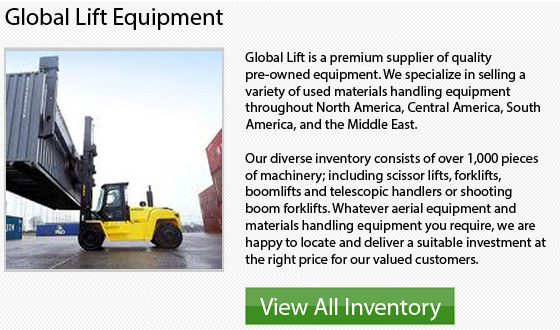
The telescopic forklift would typically have a lengthened lift that utilizes an arm or crane to come over top of a truck. This particular type of forklift would enable you to raise cargo higher and with greater control. This additional control is due to the fact that you are moving the load on the end of a crane, which is called a telescopic boom.
The load when positioned on the lift truck can move both away from and towards the forklift cab, which is a unique feature that a traditional forklift is unable to accomplish. The telescopic forklifts can offer both height and versatility. The telescopic forklift is really common within the construction and agricultural businesses. In addition, they are a good choice in situations where you should work with something that requires more control that a standard lift truck.
Frame Tilt
A particular feature common to telehandlers is the frame tilt. Operators could activate the lateral controls to move the angle of the frame from side to side. This particular frame can be moved 10 to 15 degrees in either direction from horizontal. There is a tube filled with liquid which is curved and mounted in the cab. This is the frame tilt indicator or level indicator and works like a carpenter's level. It has a bubble indicator that indicates the frame's lateral angle relative to the ground. This is a really helpful apparatus which is utilized to make certain that the frame is level before raising the boom in rough setting.
Steering
Rear wheel steering is offered on some telehandler models, that is like a vertical mast type model. The majority of models provide 3 steering options which the operator can choose; front, crab and circle steering. For instance, if the operator selects the "front" steering option, only the front wheels of the machinery will react to the movement of the steering wheel.